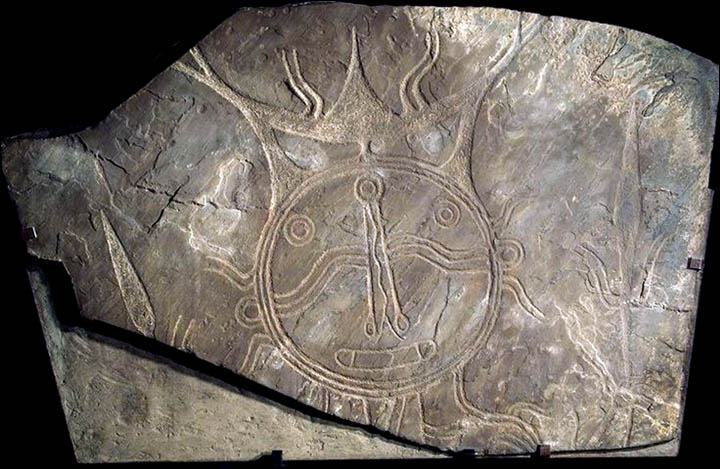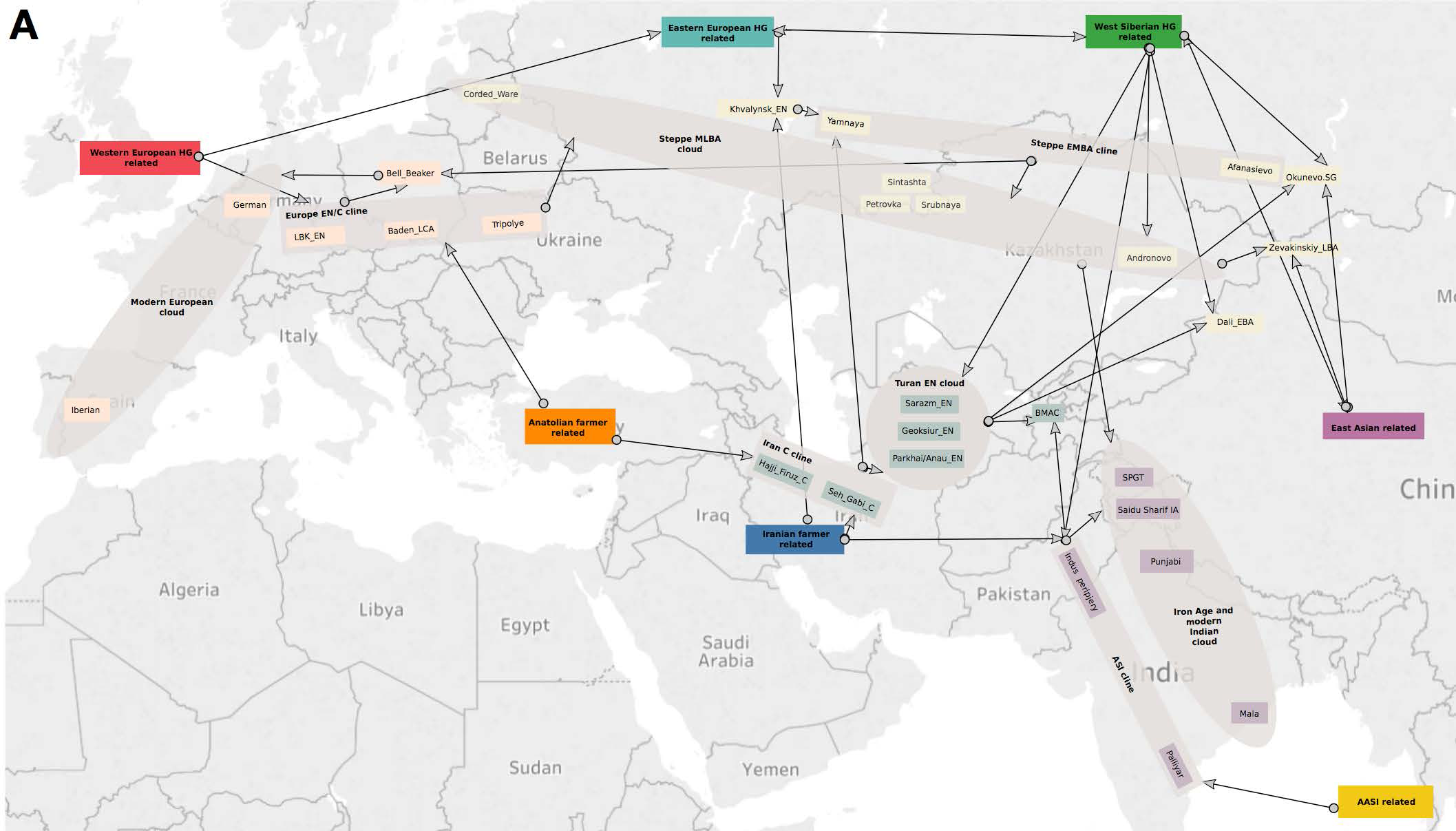I think I talked about it earlier (Indo-European migrations). Croats have a lot of similar words with Sanskrit words. This mean that the common ancestors of the Croats (and other Slavs) and Sanskrit speaking peoples lived in one house.
This house is Russian steppe and carriers are R1a speaking peoples (posible and R1b)
Map
https://www.eupedia.com/europe/Haplogroup_R1a_Y-DNA.shtml
Consequently, this means that the Slavic language is older than Sanskrit, for now at least 2,000 BC.
Wikipedia:
"Proto-Slavic is estimated on archaeological and glottochronological criteria to have occurred sometime in the period 1500–1000 BCE"
Possible expansion of Indo-European languages according to the Kurgan hypothesis
https://en.wikipedia.org/wiki/Indo-European_languages#/media/File:IE5500BP.png
This would probably be the real time and formation of the Slavic language(3,500 BC). Interestingly, many words which existed then(if we base it on Sanskrit) are similar with today's words.
The oldest known Slavic language is the Old Church Slavonic which dates back to the 9th century AD.









